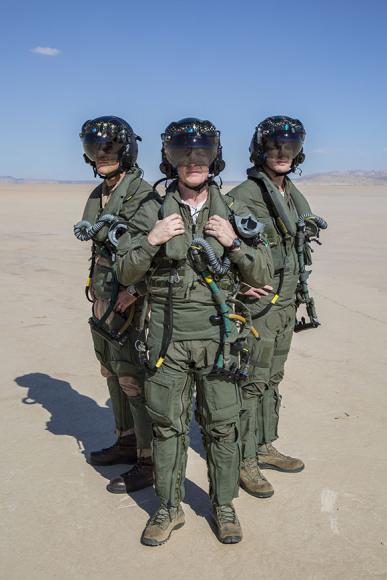One of the great restrictions that struck the F-35 riders, that is, that of the elusive child seat, was finally overcome. The announcement was given on Monday, by brig. January Scott Pleus, the director of the integration program of the modern F-35. "It was necessary to intervene in two parts: first of all on the seat and then reduce the weight of the helmet", These are the words of Scott Pleus, who continued, announcing that:"Thanks to these changes it has been possible to reduce the risk of death for light pilots, both in the case of expulsion at high speeds and at low".
This was a atavic problem of the F-35, so much so that it was calculated that for pilots weighing between 60 and 65 kilograms the probability of death, in case of expulsion, equal to 98% at a speed of 160 nodes, or the speed of take off and landing. In 2015, this forced the US Air Force to ban pilots weighing less than 61 kg. to fly with the F-35, precisely to remedy the problem due to the effects of whiplash caused by the expulsion of the seat in flight, which would have caused, in almost all cases, the fracture of the neck bone. The costs of this upgrade of the seat and helmet will, of course, be borne by the industry, as stated by Joe Della Vedova, spokesperson for the F-35 program.
What is interesting is that the new ejection seat, of which time ago we had already spoken, will allow all pilots weighing between 46 and 110 kg to fly; a very important improvement that will be immediately made to all 107 F-35As already delivered to the USAF, which will be made available on the fly for all pilots from January 2018, according to the words of Pleus.
As for the new helmet, much lighter than the previous one, Pleus stated that: "Parachute opening speed, lower than before, and the helmet helmet support, along with the head support panel, significantly increased the safety of the child seat". This, according to Pleus, will be the basis for the modernization of the entire fleet, thanks to the insertion of the new ejection seat and the new helmet on all aircraft.
Rockwell Collins's new helmet, Gen-III Light, is already in pre-production, but Pleus announced that "Production will be operational this fall". Another novelty that will be made to the helmet in order to lighten it concerns the exterior viewer that has been removed for a system of two viewers, one for the day and one for the night, interchangeable in flight. "We will make the first studies on the new system at the end of this year and at the beginning of 2018 will be the first flights"Of course with new seats and the new helmet.
The USAF is the only armed force to have weight restrictions because: "The US Navy and the Corps of the Marines have another seat ejection system", Said Pleus, reminding, finally, that:"Ejectible seat of the F35B (that of the Marines ndr) has an instantaneous ejection system in case there is a driver's hesitation, by which he is automatically ejected from the plane". A possibility, in reality, provided for all versions of the seat, but that in the version of the USAF and in that of the US Navy is deactivated. A new update, therefore, for the very modern and controversial F-35, which is continuing, however, its flight towards entry into the operative lines of the Armed Forces who bought it.
(photo: Lockheed Martin)












